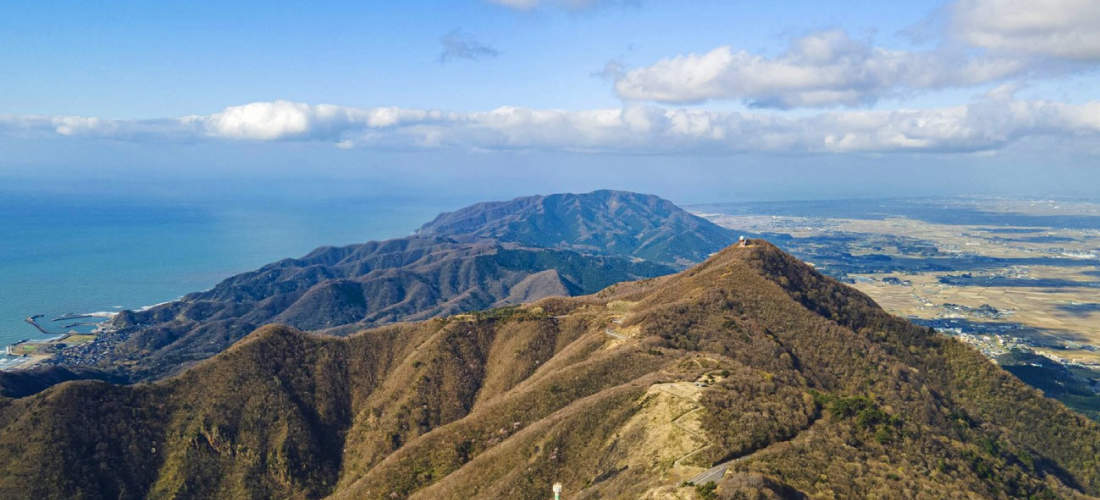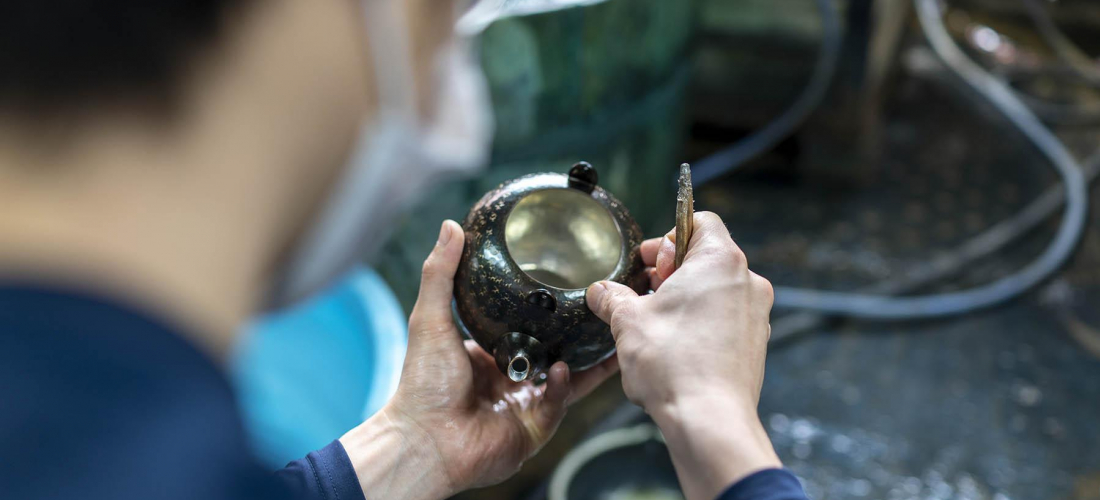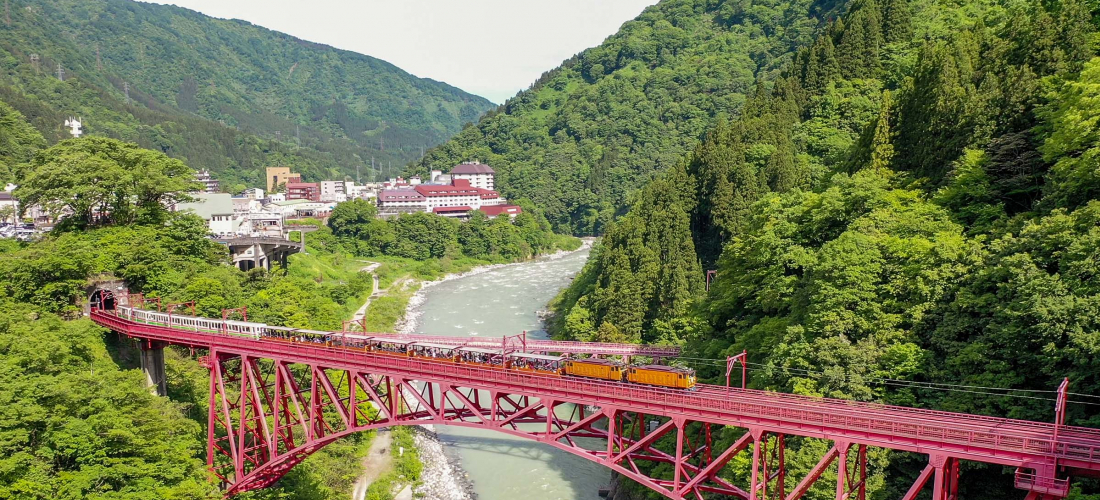
CONTENTS
Toyama Prefecture might be known among international travelers for its impressive walls of snow found in the “Snow Corridor,” but tucked just a few miles away are many more hidden gems in the surrounding area. The nearby bay provides fresh seafood Toyama is known for, and the Unazuki Onsen area inside the Kurobe River Valley is full of gorges, perfect in the summer for active adventures like rafting and canyoning. “Onsen” means hot spring in Japanese, and Unazuki Onsen is of course dotted with its namesake, full of luxe hot springs. After testing your endurance in the river rapids, Kurobe offers the chance to take a reviving soak, admire the scenery on the Torokko Train, and then sample all of the local specialty cuisine, before drifting off to the sounds of the mountains.
Born between the sea and the mountains, read on to find out about all Kurobe has to offer!
The Kurobe Gorge, One of Japan’s Most Impressive Gorges
Kurobe City (黒部市) has found a little fame from the high walls of snow popular with visitors looking for some good instagram shots, but travelers who admire the snow and then get out of town don't even know what they're missing.
Toyama is in the Chubu Region of Japan, in the central part of Japan's main island of Honshu, with the western border taken up by the coast of the Sea of Japan. We can thank the sea, and especially Toyama Bay, for the abundant fresh seafood found around the prefecture! But the Unazuki Onsen area also provides Kurobe with gloriously steamy hot springs, bursting forth from the mountain crags. All this geological variation makes for deep ravines, and the rivers running through those are a great place to try canyoning. Take the Kurobe Gorge Railway's Torokko Train around the area to explore, and we're pretty sure you'll be pleasantly surprised by how much fun this unassuming region can be.
From mountains to rivers, Unazuki Onsen is rich with natural scenery.
How to Get to Kurobe’s Unazuki Onsen Area
The easiest way to get to Kurobe is probably via shinkansen (a.k.a. bullet train). If you're already at the Toyama airport, or somewhere else nearby, you can look into local trains and buses, but using the Hokuriku Shinkansen line most of the way will get you there in no time.
Taking the Hokuriku Shinkansen Line
To:
Kurobe-Unazuki Onsen Station (黒部宇奈月温泉駅)
From:
Tokyo Station (東京駅) – 2 hours 20 minutes, 11,860 yen
Kanazawa Station (金沢駅) – 35 minutes, 4,020 yen
Toyama Station (富山駅) – 12 minutes, 2,940 yen
From the shinkansen station you have to take one more train ride to get to Unazuki Onsen proper. Cross the street to get to Shin-Kurobe Station on the Toyama Chihou Railway line, and take that for another 30 minutes or so (round trip discount ticket: 1,100 yen). The way over is quite picturesque, including the retro train itself, so enjoy the ride! You’ll eventually want to get off at Unazukionsen Station.
(Note: it’s a bit confusing, but the shinkansen station where you transfer is “Kurobe-Unazuki Onsen Station”, and your final destination is just “Unazukionsen Station”.)
Cross the street to find the local Shin-Kurobe Station.
For the best deal, go for a round-trip ticket.
When you finally arrive at Unazukionsen Station, you'll be greeted by a hot spring fountain!
From Toyama International Airport, the easiest route is just to take the airport bus to Toyama Station, and then go the shinkansen route from there. The whole trip should cost you about 3,370 yen, although all of these prices are subject to change.
To Truly Enjoy the Village of Unazuki Onsen, Go for a Ryokan
When you're spending time in a little Japanese town like this, it's the perfect opportunity to stay at a local ryokan-style traditional hotel. Ryokan are set up to help you make the most of the nearby hot springs, local gourmet specialties, and beautiful views!
During our visit, we lived it up by staying the night at Togen Ryokan, a ryokan set up for convenient access when touring Unazuki Onsen. Not wanting to waste any chances to enjoy Kurobe to the fullest, we took advantage of the private open-air baths available for rent, and the premium kaiseki ryori multi-course meals on offer. It was lots of fun getting to try all the local specialties in Toyama; we whole-heartedly recommend it.
If you'd like to see for yourself what Togen Ryokan is like, they have a variety of rooms available. Some come with standard beds, and others are like this Japanese-style tatami room, made for families or groups, with lots of places to sit and a great view of the river. If you're still doubting the comfort of these rooms, just know that most have fragrant tatami floors, 70% of them come equipped with state-of-the-art massage chairs, and all of them have yukata available in a few different sizes, for relaxing in around the hotel. We were certainly pretty comfortable!
Unazuki Onsen Togen Ryokan
Address: 22-1 Unazuki Onsen, Kurobe City, Toyama
Phone: 81-765-62-1131
Check-in/Check-out: 15:00/10:00
Official Website (en)
Enjoy your own private hot spring bath!
Ryokans often offer what are called “kashikiri onsen” (貸切温泉), literally hot springs for rent, where you can lounge in the luxurious hot water away from the rest of the guests. If bathing with strangers still makes you nervous (although you really shouldn't worry about it in Japan), or you just want to spend some nice one-on-one time with a special someone, make sure you reserve your time slot for the kashikiri onsen as soon as possible. They're also a good option for those of us with very obvious and hard-to-conceal tattoos, since tattoos are often frowned upon (or even banned) at Japanese onsen.
Togen Ryokan has three of these private baths available to rent, all for no additional charge. The water here is mildly alkaline, which they say makes for beautiful skin post-bath! Just call the front desk to check availability, then pick up the keys and enjoy your soak.
(Available 15:00 – 22:00/7:00 – 10:00, 40 minutes at a time.)
If you want to really stretch out in a private bath, or you just want to rent one for up to eight people, check out Togen Ryokan's larger open-air rental bath. This one requires a fee, 2,000 yen for 45 minutes, but hey, if not now then when? Treat yourself. To make sure you can reserve a spot, make your reservation at check in.
(Available 15:30 – 23:15/6:00 – 9:45. 2,000 yen plus tax for 45 minutes. )
Enjoy… the public bath!
If you want the true onsen experience, then you've got to spend some time in the public baths! Visiting a ryokan with hot spring facilities means you're in for a pretty spectacular bathtime experience. Togen Ryokan has open-air baths built from hinoki cypress, and the warm wood gives off a pleasant aroma. Since the ryokan is right next to the river, you can watch the cold Kurobe River water rush by while feeling the hot spring water gently lap up around you.
In addition, there is also a boulder bath (岩風呂) and a special granite bath (御影石風呂) indoors.
(15:00 – 23:30 – rock bath open to men, granite bath open to women.
24:00 – 10:00 – rock bath open to women, granite bath open to men.)
The bath is lined with smooth stone, and the far corner has head rests letting you comfortably lie down in the water.
The ante-room provides all kinds of amenities, from nice face creams to blow-dryers. Just grab the towel from your room and you’re ready to go.
If you want to wear a colorful yukata, a little fancier than the ones provided for free, you can rent one for 500 yen. Once you’re fresh and clean and positively glowing from the hot spring water, do a yukata photoshoot!
Indulge in a kaiseki multi-course meal.
Ryokan are known for offering really delicious multi-course traditional Japanese meals, so this ryokan staple is a great way to try some of Toyama Prefecture's impressive agricultural specialties. We tried firefly squid (ホタルイカ), Toyama's local variety of high-quality wagyu called “himi-gyu” (氷見牛), and very fresh abalone.
Our firefly squid shabu-shabu hotpot.
The unbelievably tender himi-gyu beef, seared on a portable ceramic grill.
The “dance” of the steamed fresh abalone is a little morbid, but the freshness is hard to beat.
See the Sights of Kurobe!
Rich in clear water, fresh mountain air, and all the scenic geography to go with them, what’s the best way to explore all that Kurobe has to offer? Let us fill you in on how to check it all out.
Sightseeing in Kurobe: ① Canyoning!
Blessed with deep canyons and hearty rivers, Kurobe has the perfect conditions for pushing yourself to the limits. Our recommendation? Canyoning. It's an exhilarating way to explore the natural landscape.
Canyoning is something of an extreme sport, so you have to be accompanied by an expert. Canyoning tours are offered locally by J-WET Adventures, where the pros will coach you through the experience and make sure everyone has a good time. When you're not entirely confident in your abilities, they'll lend a helping hand and keep you safe! Read on to find out how to go canyoning yourself.
(Available from early June through to the end of October.)
1. Choose a tour course. (Find your options here.)
– 3 Hour Course: 13+ y.o., 10,000 yen per person.
– 6 Hour Course: 20+ y.o., 15,000 yen per person.
2. Book your tour online, or over the phone.
– From the homepage, email them with your details.
– Make phone reservations in English or Japanese.
3. Confirm your reservation completion by e-mail.
4. Meet your J-WET Adventures guides at Nakajima Ski Center.
– If you’re staying within a five or ten minute drive, they offer a shuttle service. Just ask!
5. Pay for your tour, get ready to go canyoning, and then go for it!
– Don’t forget to bring your bathing suit or clothes you don’t mind soaking through, along with a towel, and anything else they recommend.
– If you use contacts, make sure to bring a pair of goggles.
Sightseeing in Kurobe: ② Unazuki Dam
With so much water rushing along the Kurobe River, the dam was built as a hydroelectric power plant, to take advantage of the river’s energy. Unazuki Dam took years to build, and after a while the construction workers started to settle down nearby, breathing life into the Unazuki Onsen area. You could say that the town is now there thanks to the dam!
Walking to see the impressive dam is a 2.7 km (1.7 mile) walk from Unazukionsen Station (Google Maps), but you can also skip the trek and get a great view right from your seat on the Torokko Train that passes by.
Unazuki Onsen is also home to an aqueduct bridge, designed 90 years ago by famous Japanese architect Bunzo Yamaguchi.
Sightseeing in Kurobe: ③ Kurobe Gorge Railway’s Torokko Train
When admiring the scenic views of Kurobe, you can't miss the local Torokko Train. It gives you access to all the spots in Kurobe that you can't even drive to, letting you see the hidden gems of the area.
This railway was built in 1923, and was originally used to carry cargo around the area, but opened for general passenger use after 30 years in 1953. The history of the shift from freight train to leisure railway is actually kind of an interesting story. While working on dam construction along the river, workers would ride the railway with the cargo to get to the construction sites. Looking around at the scenery while they rode, these construction workers happened to lay eyes on some particularly picturesque views, noting how beautiful the lay of the land was. These comments made their way to the wealthier residents of Kurobe, eventually becoming a topic of local gossip. The original cargo train was absolutely not set up for passengers, making it fairly dangerous, but the rumors of the scenery's beauty rose to such a fever pitch that some of the upper class started to say "I don't care if I die, I just have to see the scenery once in my life!" From that point, the area became a sightseeing destination. With such strong desire to gain access to the Torokko Train, starting so many years ago, it seems like the railway has always been the best way to view the local scenery.
Image Source: Kurobe Gorge Railway Official Website
Route Map from Unazuki Station to Keyakidaira Station
The Torokko Train runs a set number of times each day, so it's a good idea to think about how you're going to allot your time before you hop on (check the official timetable). The time between each of the stations is about 20 to 30 minutes, and the price of tickets depends on which kind of car you ride in. We recommend riding in one of the open-air passenger cars, where a one-way ticket from Unazuki Station to Keyakidaira Station will run you 1,980 yen (or 990 yen for children).
A straight shot from Unazuki Station to Keyakidaira Station lasts about an hour and ten minutes, but you can get off at each of the stations in between, and make a whole sightseeing day trip out of it. Let us tell you about some of the most beautiful natural scenery and onsen, and the best photo spots, you'll find at each of the Torokko Train's stations.
Just five minutes walk from the station is the Yamabiko Observation Deck, where you can see the orange train and red bridge gleam in the sunlight, as the train passes through some lovely natural scenery.
(If you're carrying around any suitcases or heavy luggage, there are some lockers at the train station that we recommend you use to stash your bags first thing.)
The view of the tracks from the Yamabiko Observation Deck.
A Torokko Train commemorative photo spot. (You can climb right in!)
Just steps from the train station, you'll find a totally free-to-use foot bath. Rest your tired feet at the end of the day.
As we mentioned above, the Unazuki Onsen area is of course known for its onsen, or hot springs. Water reaching temperatures above 90°C (194°F) gush forth from crevices in the ground. Near Kuronagi Station, you’ll find "Kuronagi Onsen" where you can soak in the steaming water while watching the river cut its way through the natural scenery. (Near Kuronagi Station you'll also find Atobiki Bridge, which crosses Kurobe Gorge at its deepest and steepest point.)
Kuronagi Onsen, an outdoor open-air hot spring.
One thing to know about Kuronagi Onsen: it's a mixed-gender hot spring! You're totally welcome to wear a swimsuit in the water, if you feel more comfortable that way, but there will also be people in the nude there. If you'd prefer separate-gender hot springs, there are some indoors at the small ryokan next-door.
(Kuronagi Onsen day pass: adults 700 yen, children 300 yen.)
The next-door Kuronagi Onsen Ryokan is where you'll find the reception for the outdoor bath as well.
Atobiki Bridge (後曳橋), seen over the seemingly bottomless valley.
This station is also where you'll find the Kurobe Mannen Yuki (万年雪), or “perpetual snow" bank.
Kurobe’s perpetual snow… also known as the “tiramisu”!
This time around, the river had flooded from heavy rain and water levels were too high for us to explore the river's beach. Luckily, we still got to see the Kurobe Mannen Yuki, a snowbank that sticks around even through the heat of summer. The dust and debris that falls onto the snowbank really does look a bit like cocoa powder, doesn’t it? Stare long enough, and it starts to look good enough to eat… can you imagine a real tiramisu that big?
#keyakidaira
Our recommendation for a group photo spot is definitely right here! With the invigorating scenery of the gorge and Okukane Bridge in the background, we challenge you to take a truly insta-worthy shot.
#sarutobikyo
This spot's name, Sarutobikyo (猿飛峡) literally means "monkey jumping gorge." The distance between the two sides of the canyon are so close here, people have long believed that it's where monkeys would jump across. There's an observation platform right nearby.
#hitokuiiwa
This craggy overhang looks a little like an open mouth, making it feel like you might just get eaten up when you walk through. That's where the name comes from, since "hitokuiiwa" (人喰岩) literally means "people-eating crag."
#okukanebridge
The Unazuki Onsen area has three kinds of bridges: bridges for transportation, bridges for hydroelectric power, and then bridges for pedestrians. Okukane Bridge (奥鐘橋) is the third variety, and it's there just for you to leisurely walk its length and admire the beautiful scenery of Kurobe Gorge.
#dinnerwithaview
While you're more likely to eat lunch than dinner at Keyakidaira Station's food court, you'll still be able to see the scenery while you try out the local specialty of "black ramen." After eating, head to the roof and take a moment to really appreciate your surroundings.
While riding the Torokko Train, you'll probably notice a little tunnel following along the tracks. The train has long been used to get places that normal vehicles can't, but that means that when winter rolls around and the train stops running, there's no form of transportation in the area at all. Unfortunately for the maintenance workers doing their jobs at the gorge's dams, that also cuts off standard deliveries of food supplies and newspapers.
During that part of the year, the delivery of necessary goods becomes the job of workers called "forwarders" (逓送さん). Even during the most relentless parts of winter, these forwarders hike through the tunnels all the way to their colleagues doing maintenance at the dams, carrying backpacks full of food and other supplies all the way there. Just one way, the trek takes about two hours! To this day, when winter comes, forwarders bring necessities on their own backs, hiking four hours round-trip. We have to say, thank you forwarders!
(The Torokko Train runs from April to November every year.)
Sightseeing in Kurobe: ④ Local Specialties for Foodies
When you visit Kurobe, don't miss out on the seafood! The Kurobe region is right near Toyama Bay, where plankton is so abundant, you'll find about 500 different kinds of fish in the area! There are also some varieties of seafood you'll only find here, so you should definitely give them a taste.
Eating lunch at the Keyakidaira Station food court, we tried the glass shrimp curry. The shrimp lent the curry a lighter and more refreshing feeling than any hearty meat would have.
This variety of small squid can only be sampled in Hyogo or Toyama Prefectures, when in Japan. It can be prepared in lots of ways, including steamed, soy-pickled, stir-fried, and as sashimi. One of these dishes, firefly squid okizuke, is prepared by pickling the squid inside and out in a mix of sake and soy sauce. They say that if you try firefly squid okizuke on white rice, it’s so delicious you won’t need anything else to go with it! In addition, we recommend you try the much rarer dish of firefly squid shabu-shabu hotpot. You can find that particular entree at the ryokan we mentioned before, Unazuki Onsen Togen Ryokan.
Kurobe’s Unazuki Onsen, A Place to Enjoy the Great Outdoors
Also known as "Japan’s Northern Alps", only in Toyama Prefecture will you find the Torokko Train, where you can tour the beautiful natural scenery of the gorge. It’s a place fun to travel with friends or family, a place where you’ll find views so beautiful that you never get tired of looking, delicious food made from local agricultural specialties, and dynamic activities.
If all this made you think you'd also like to enjoy Toyama to the fullest, why not try a trip to Kurobe's Unazuki Onsen?
Or add us on Instagram and Facebook to share your pictures of Japan.

Details
NAME:Unazuki Onsen, Kurobe
MAP
ACCESS:Unazukionsen Station (宇奈月温泉駅)

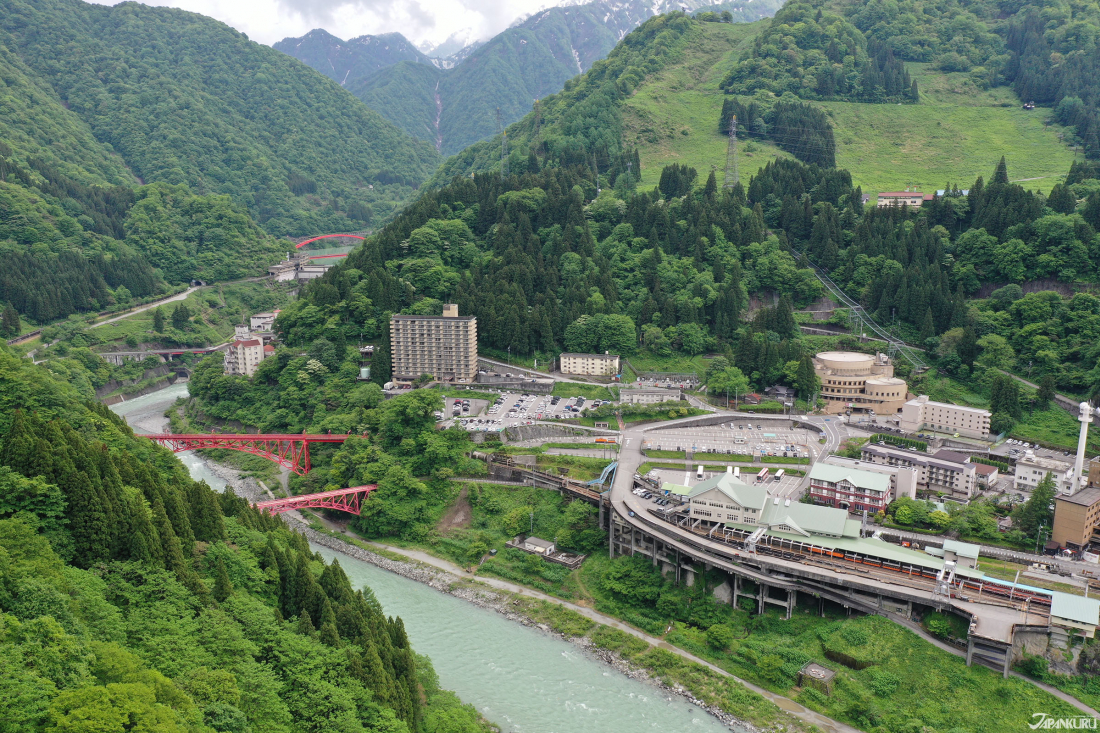

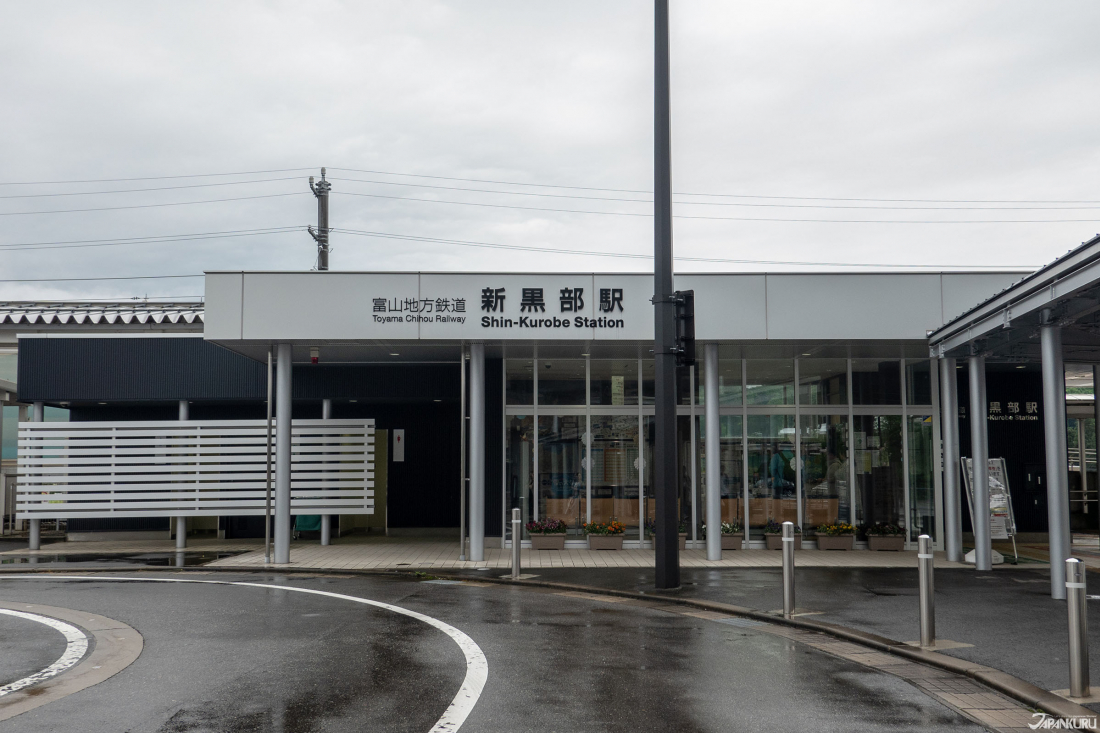
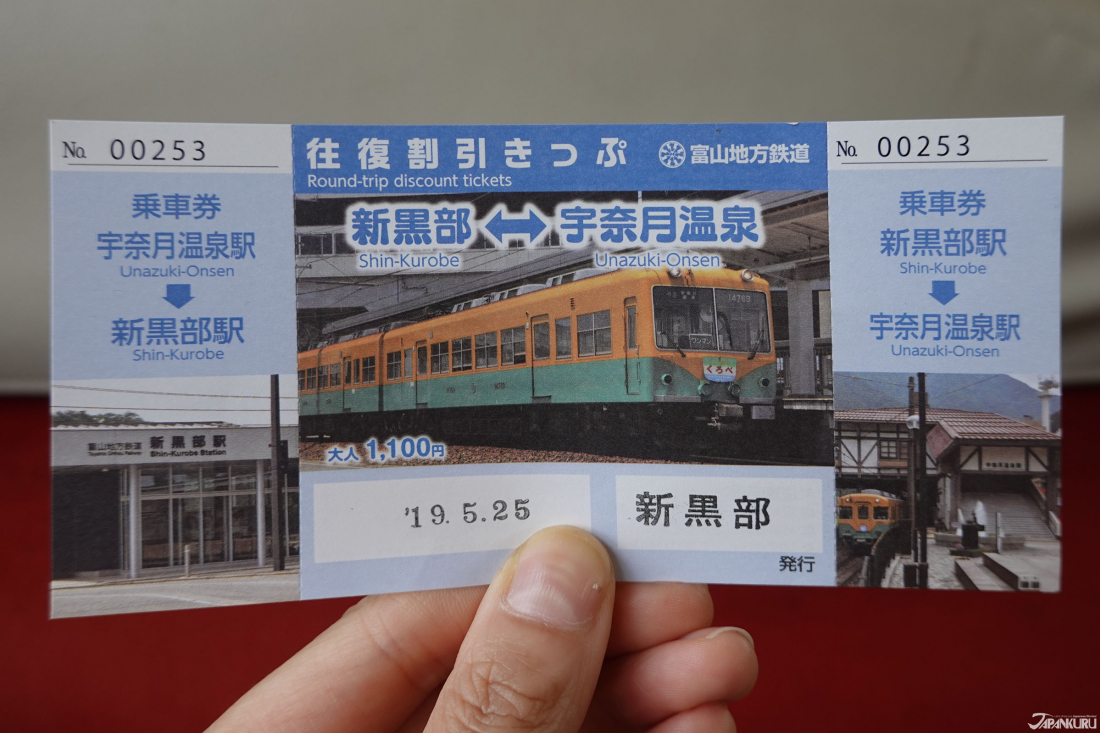
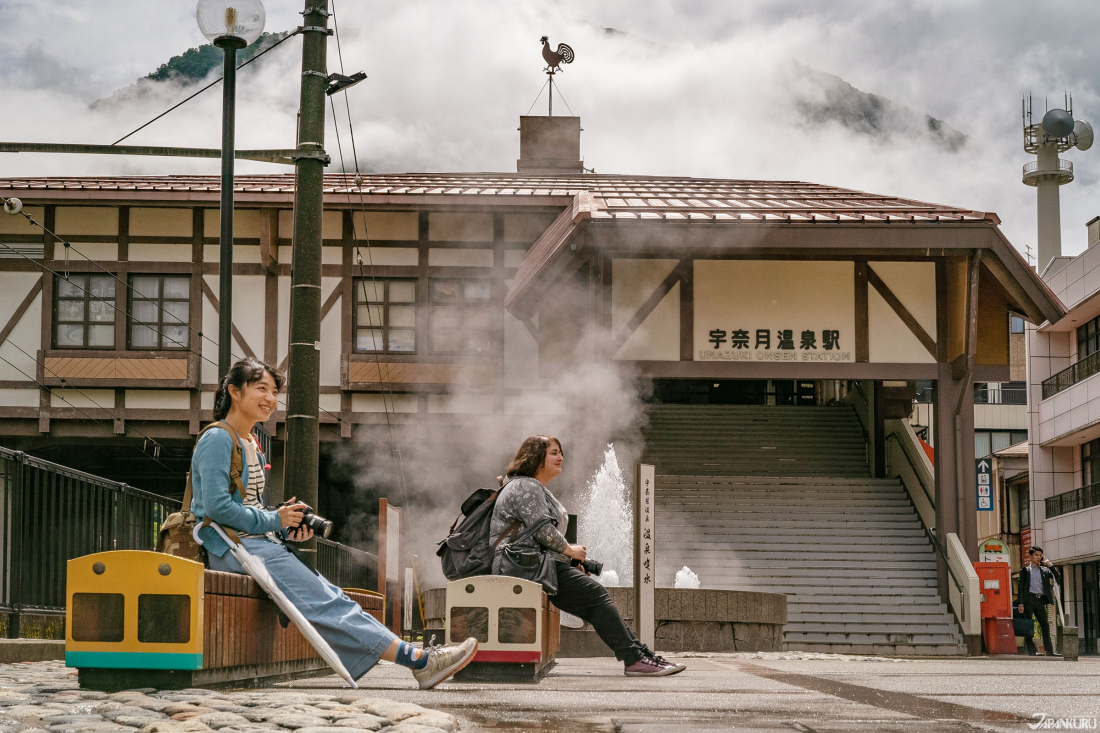
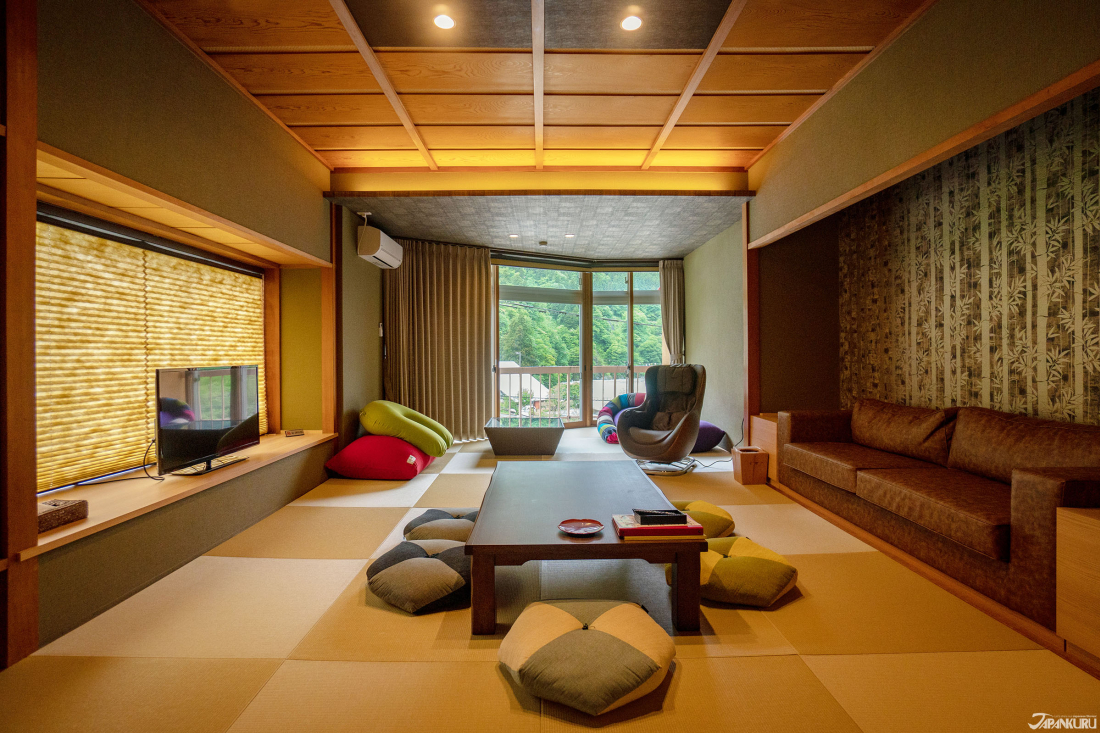
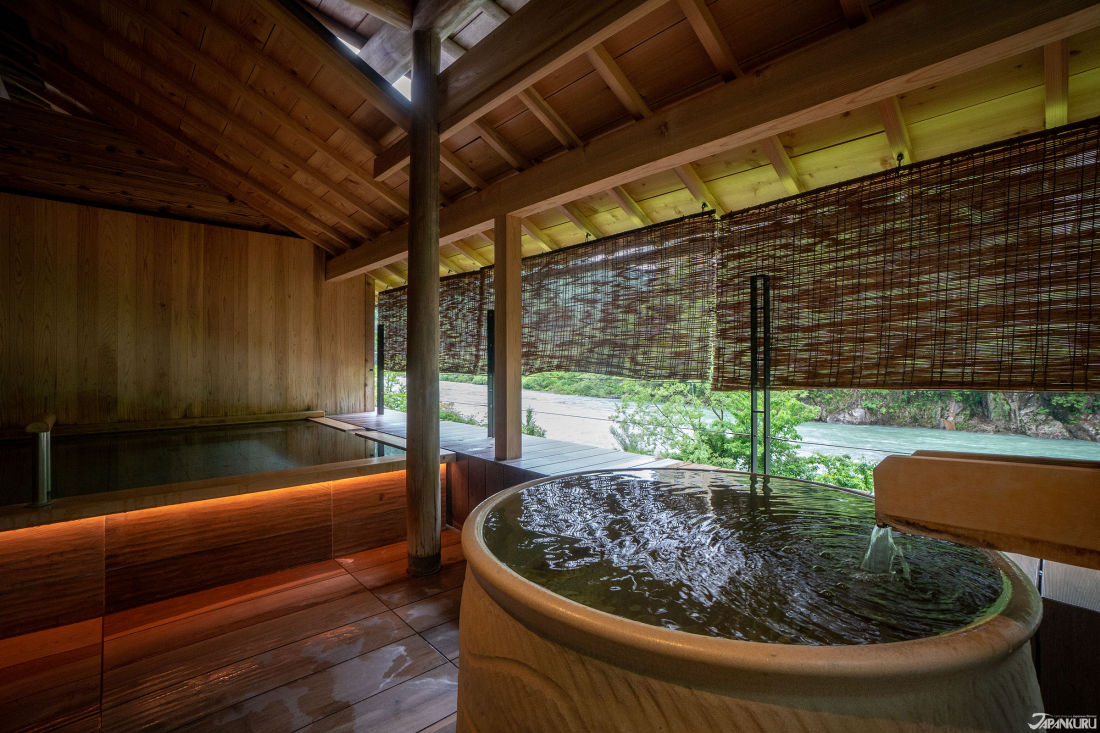


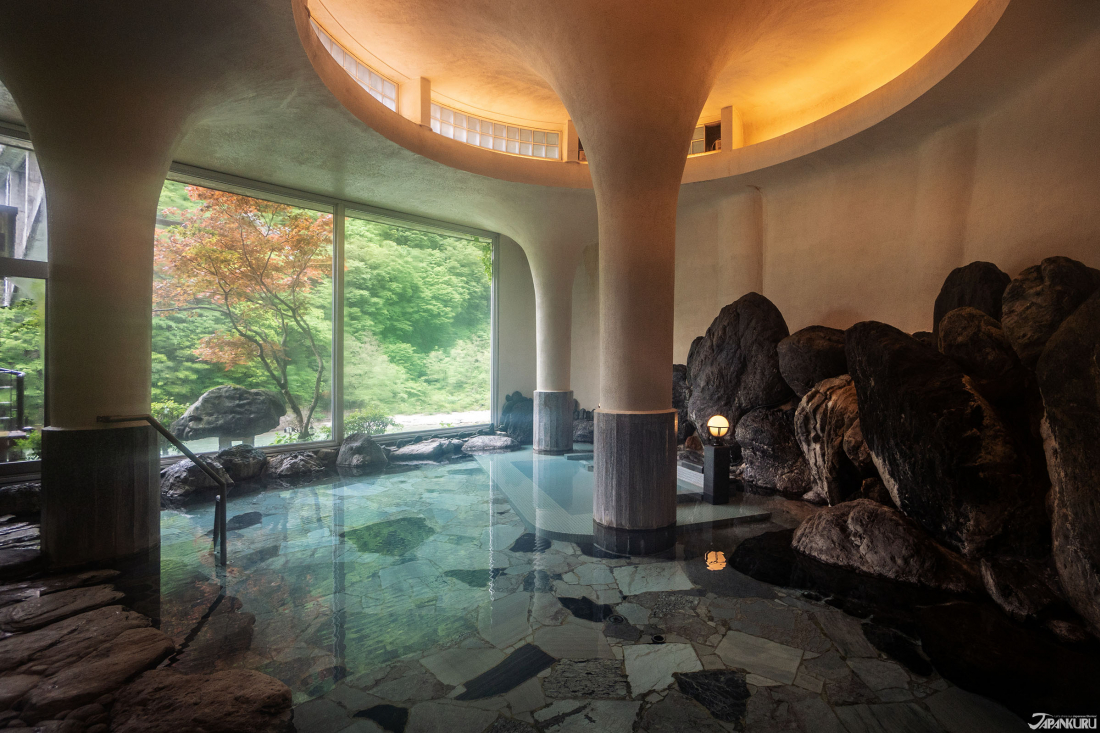

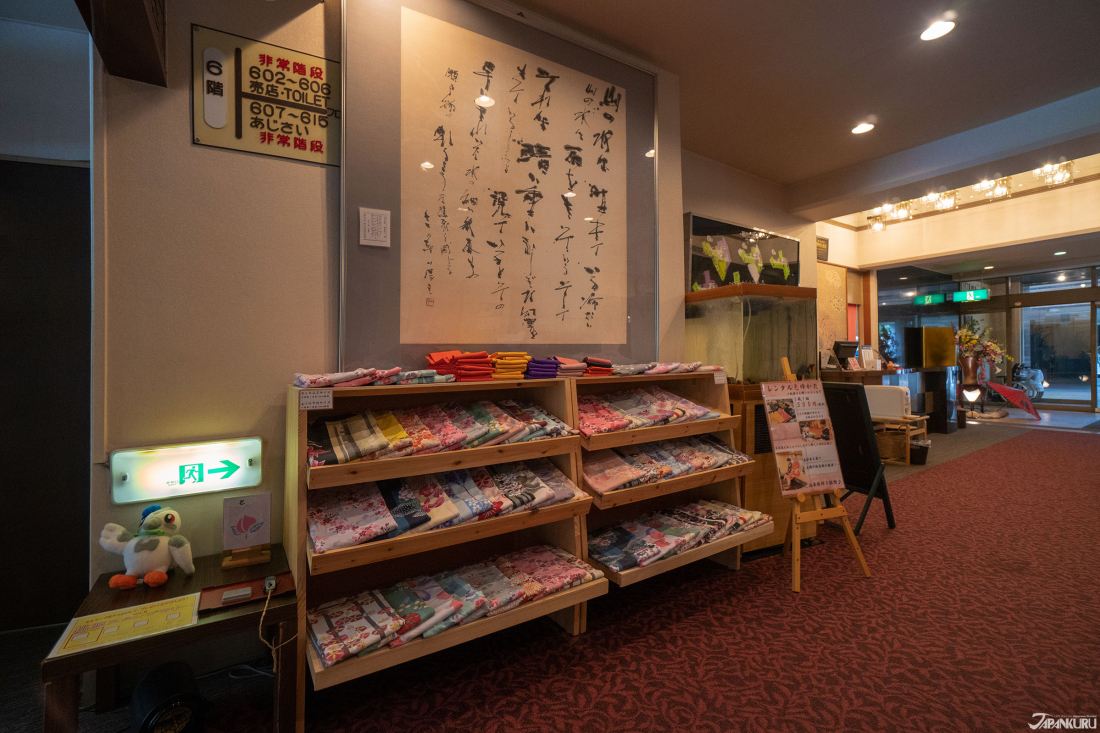
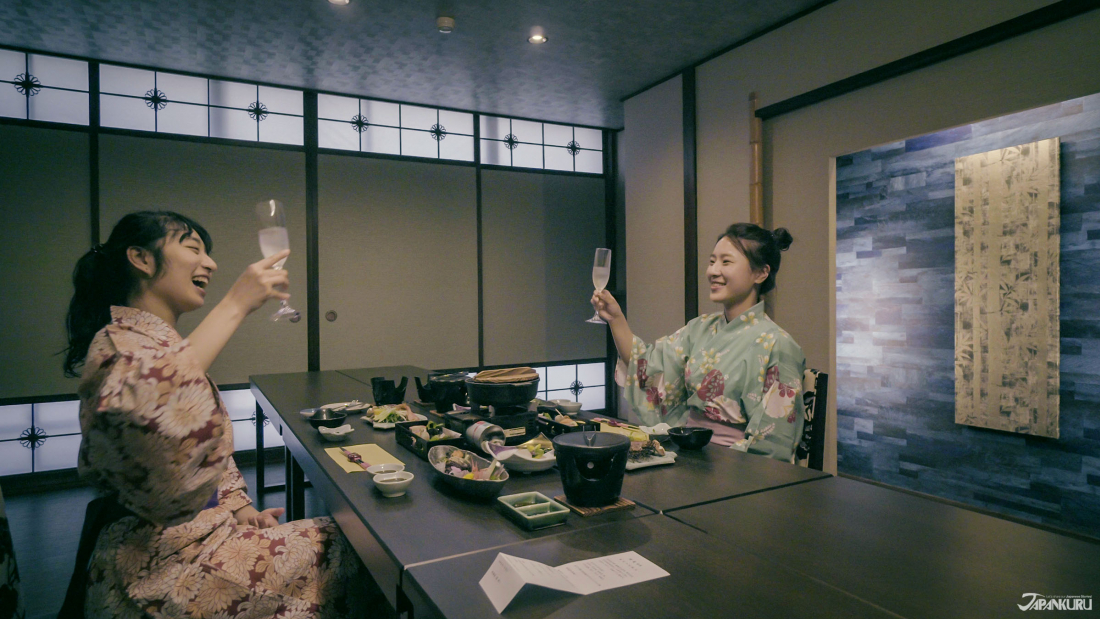

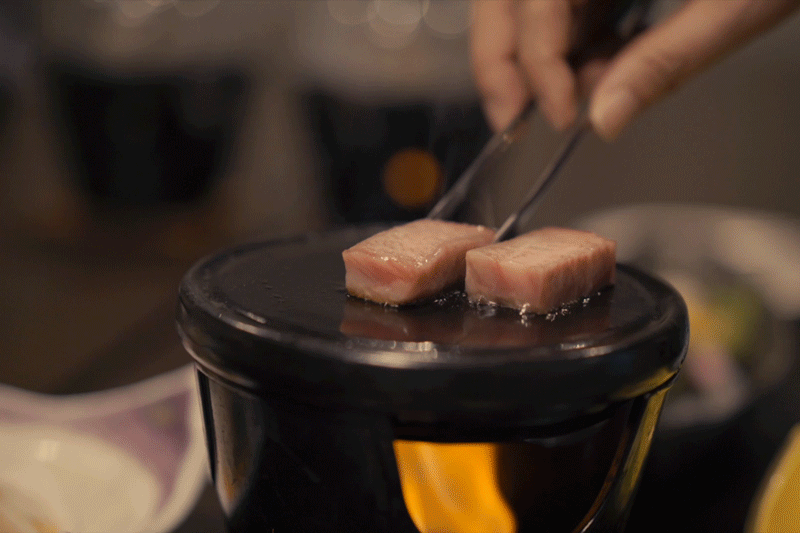
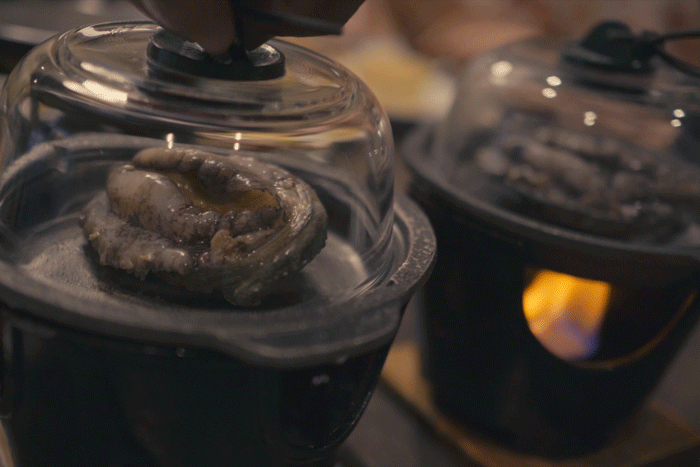

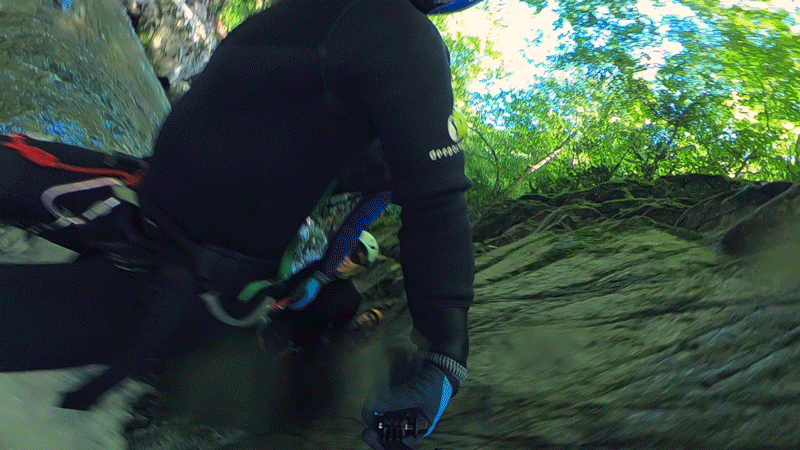

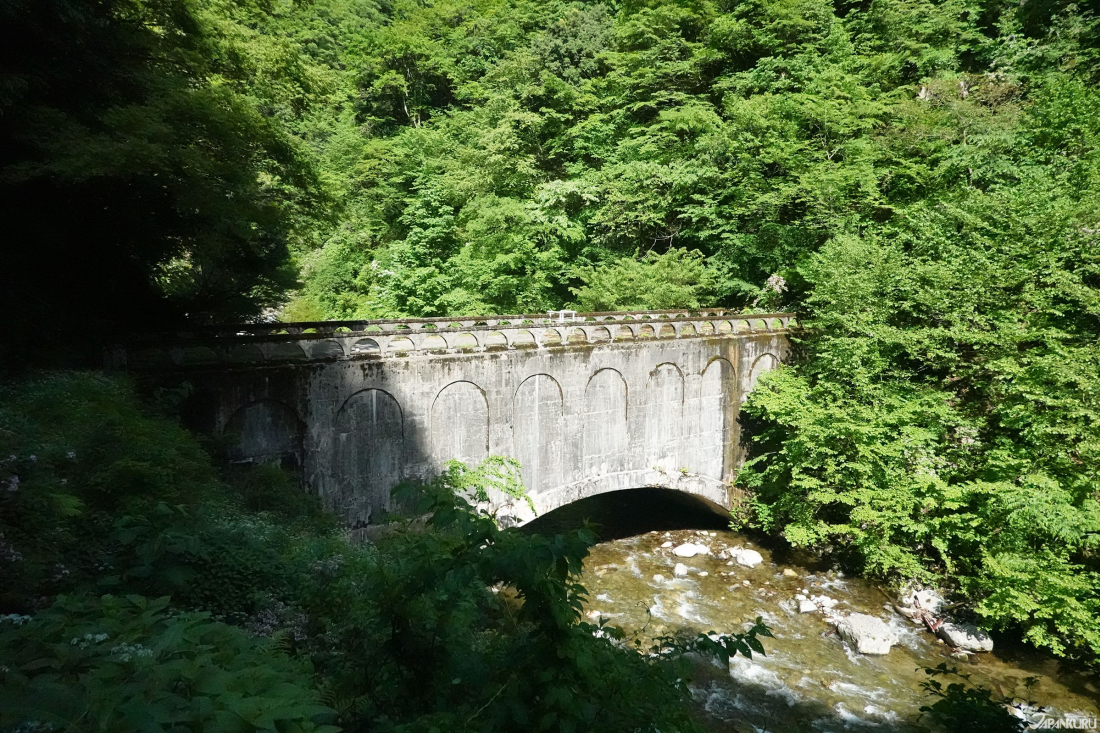
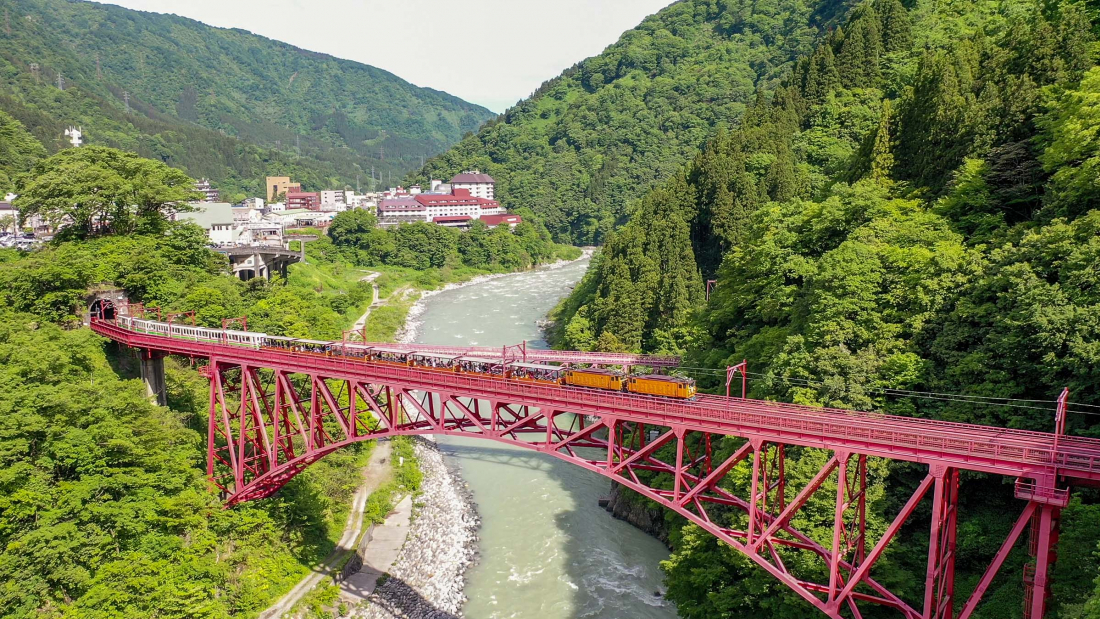


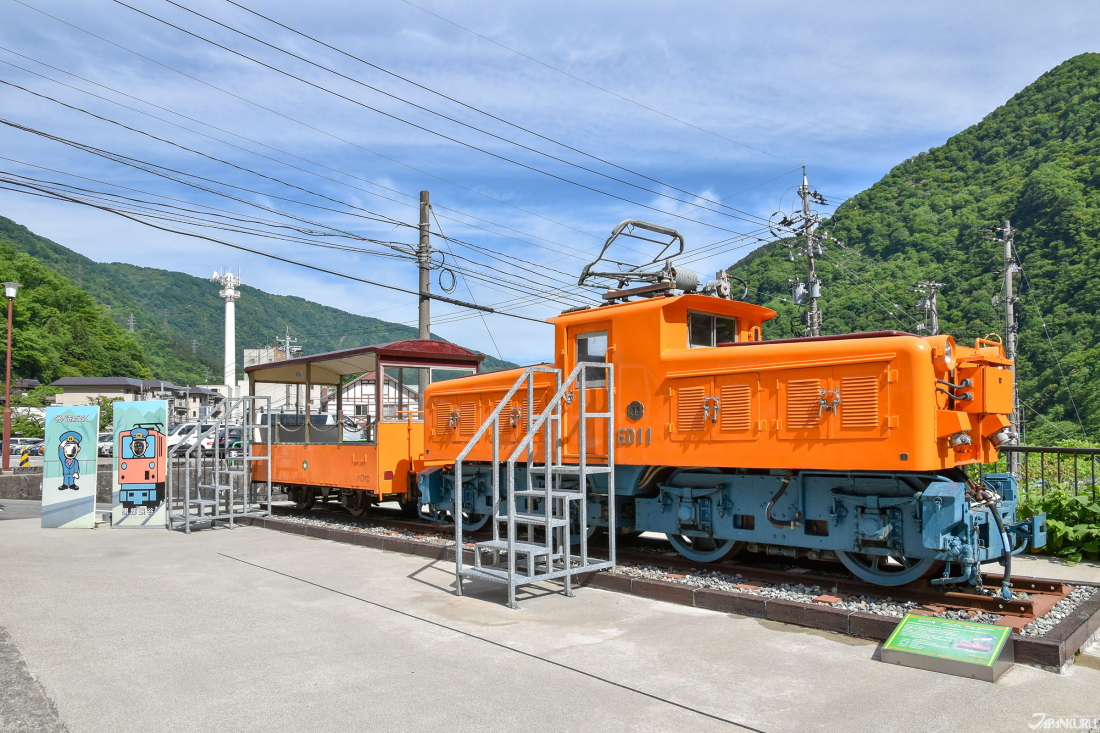
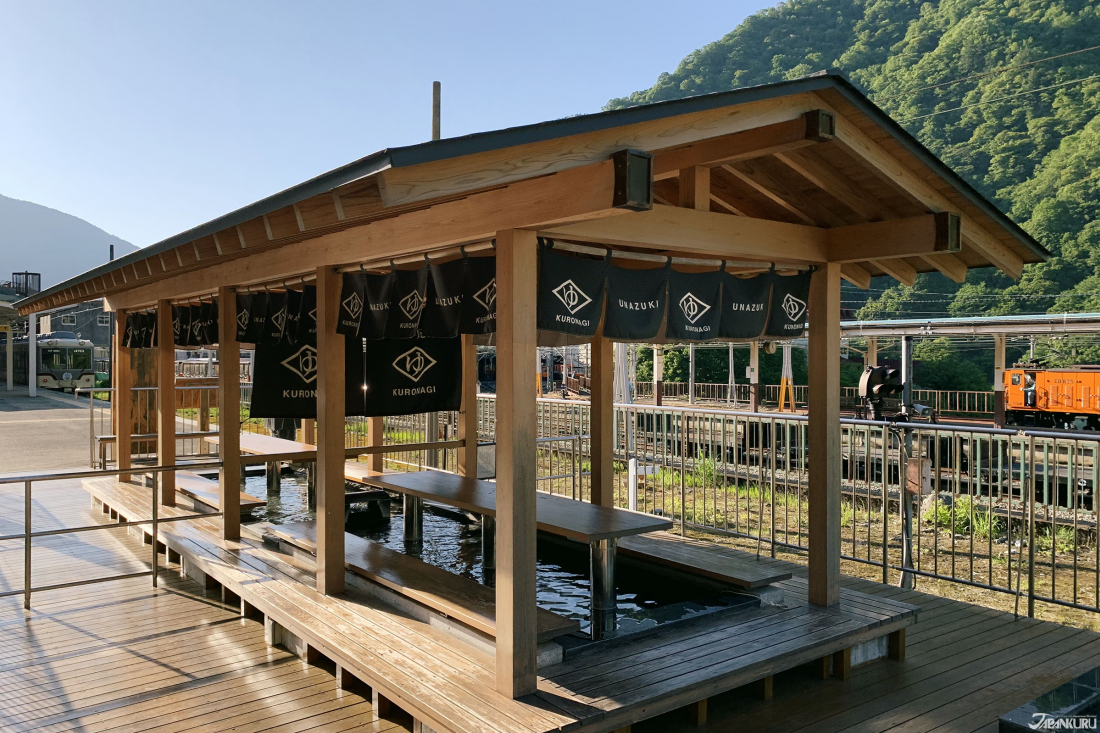

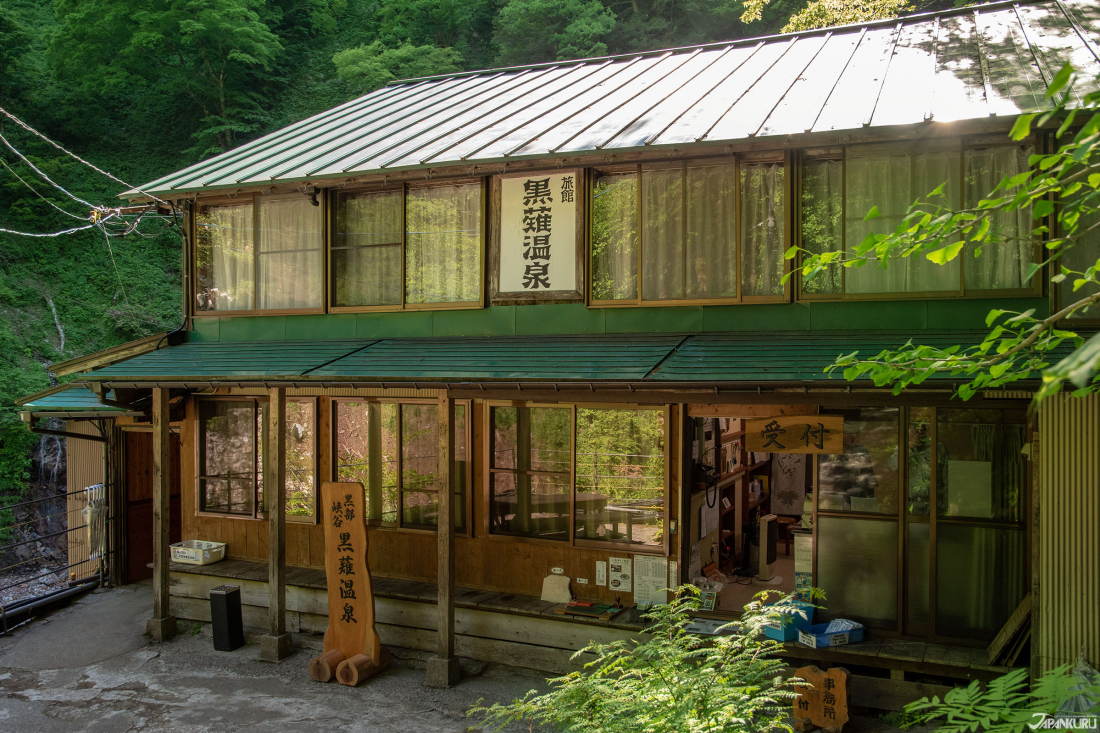

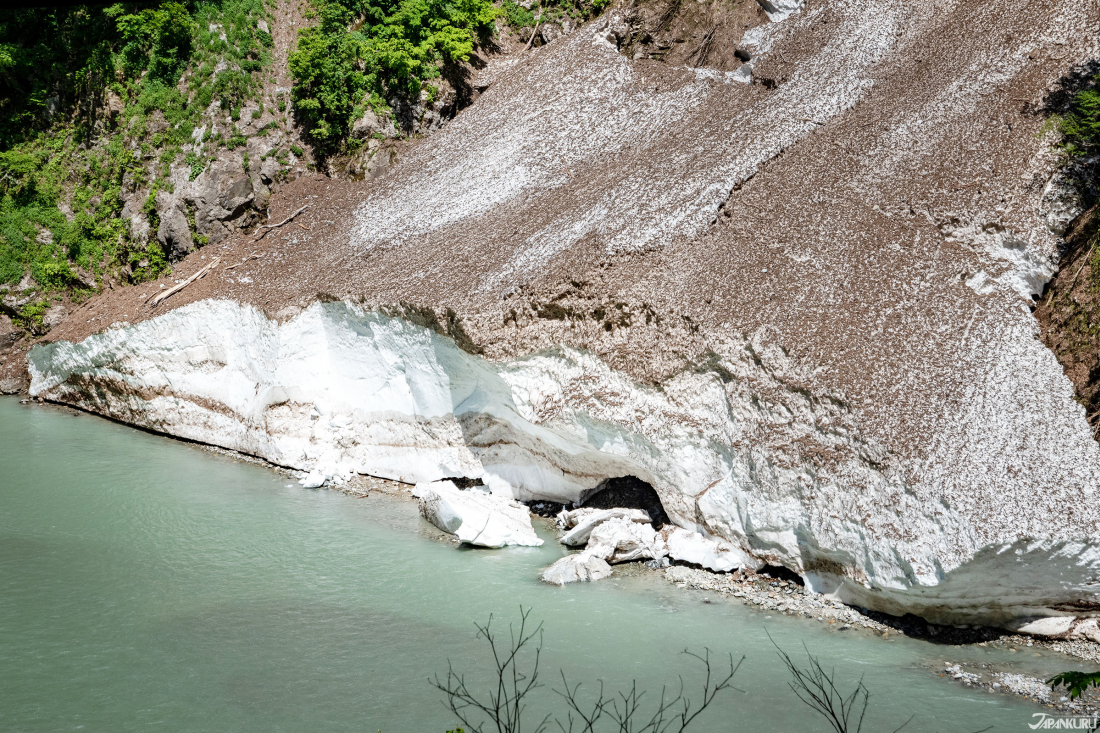
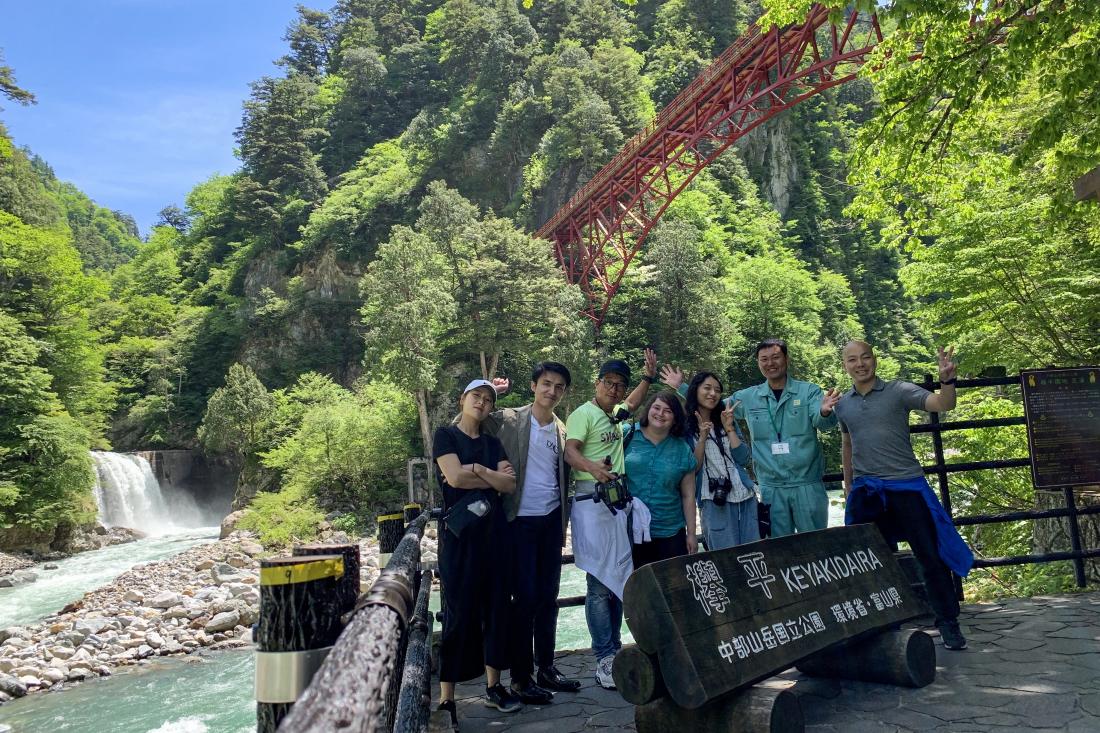
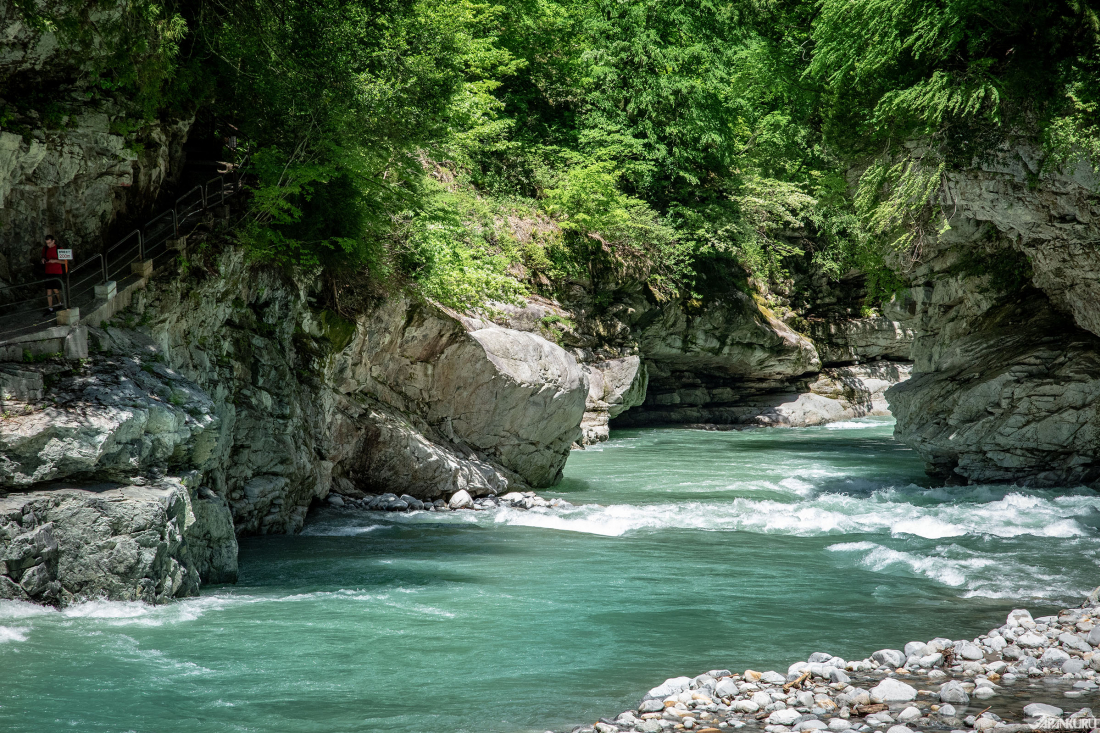
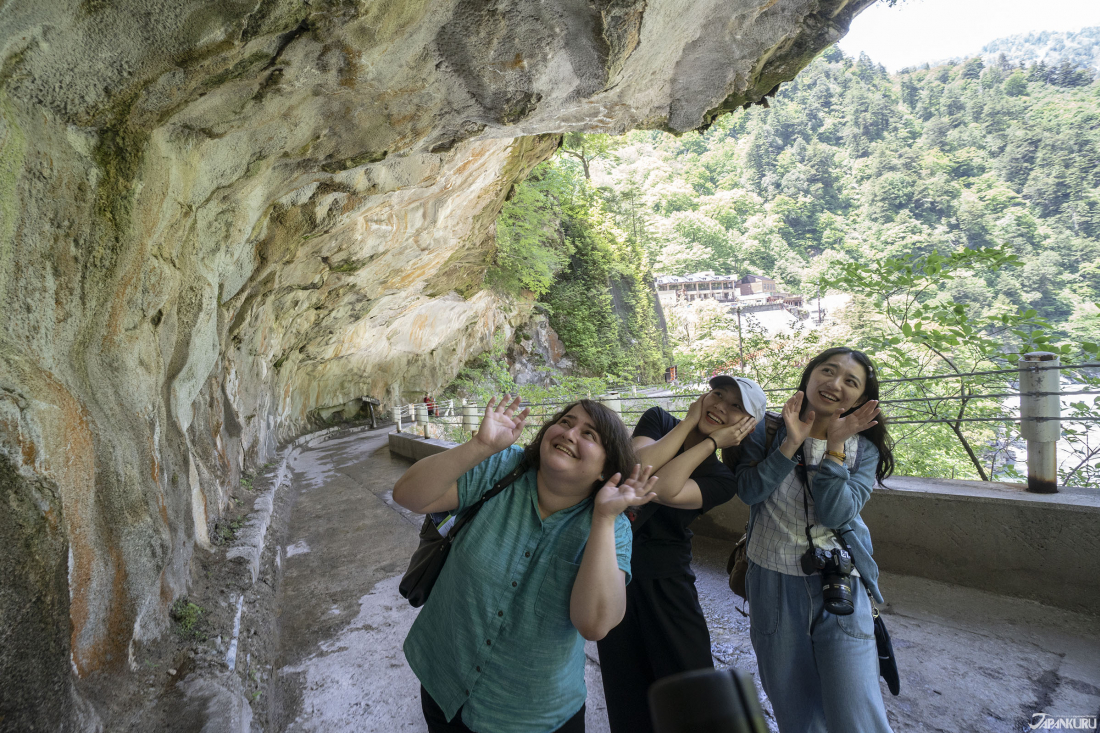
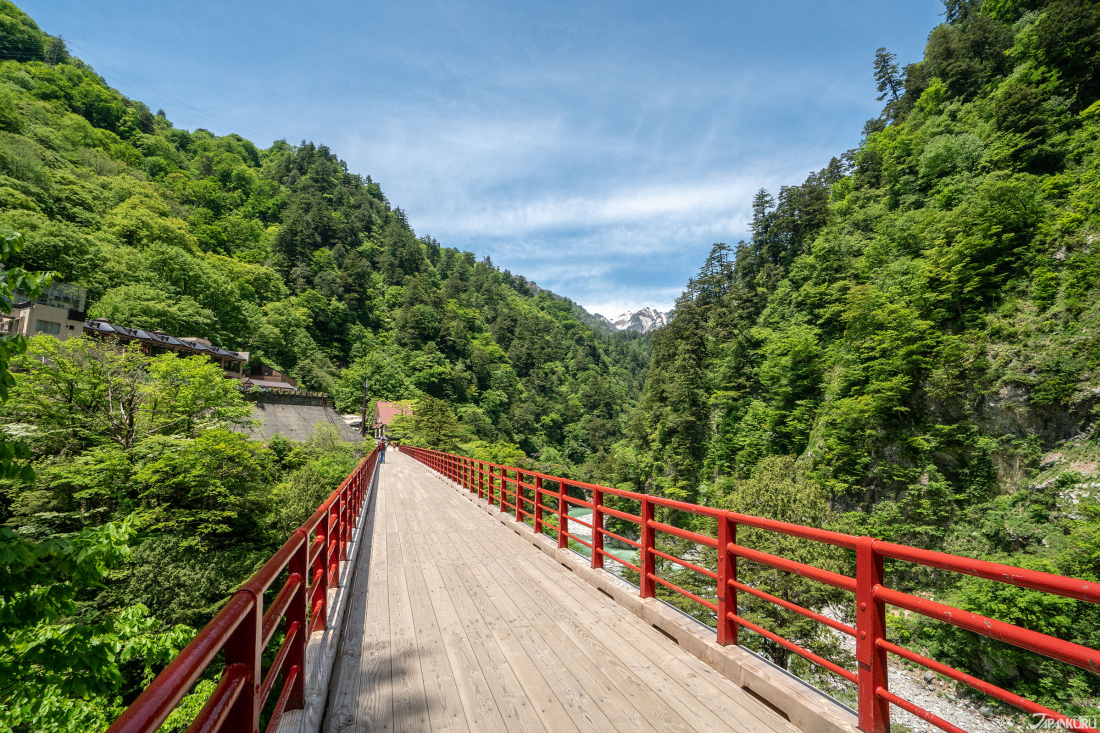
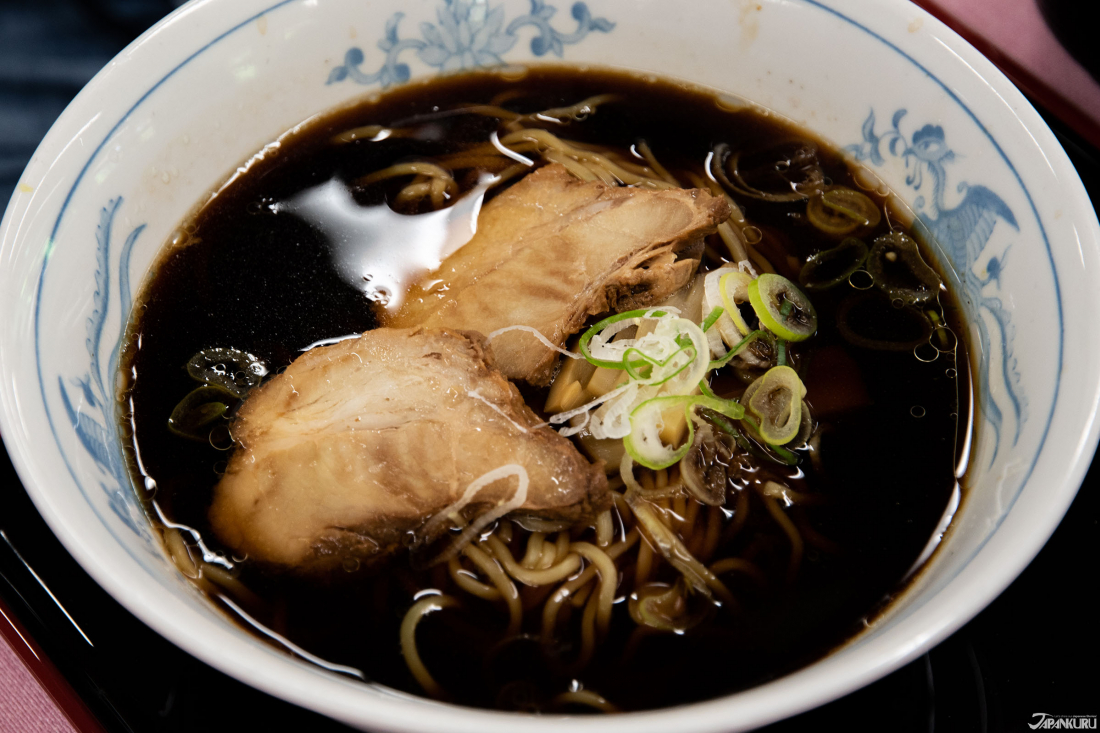


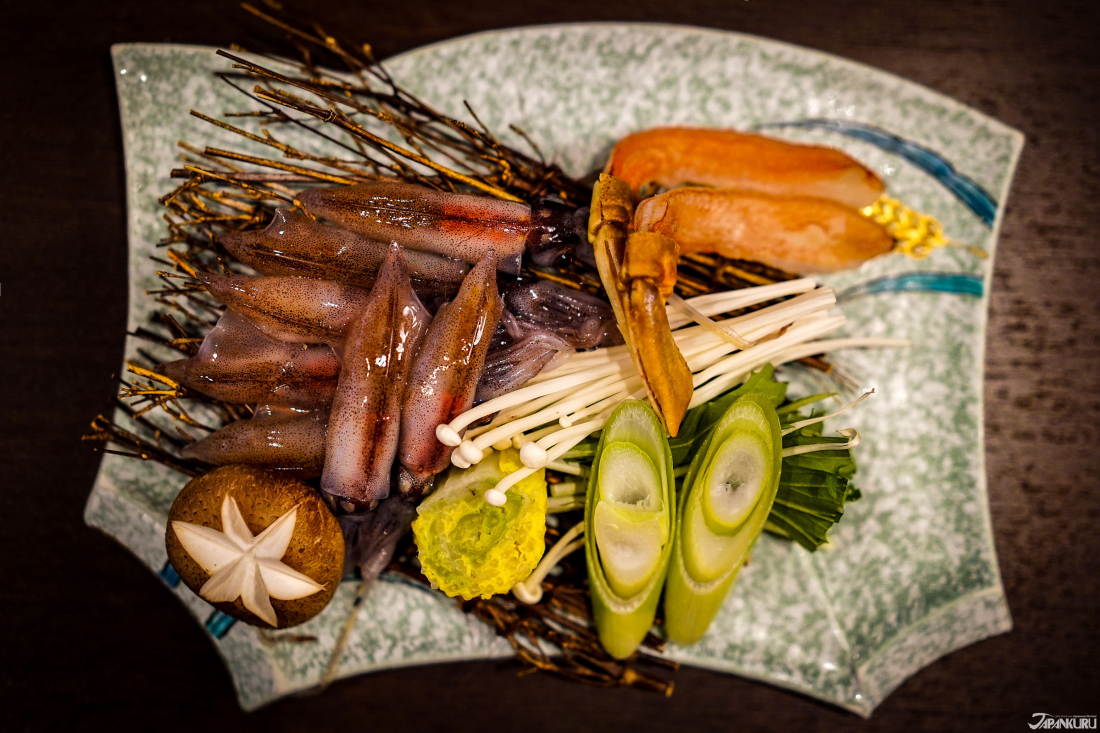
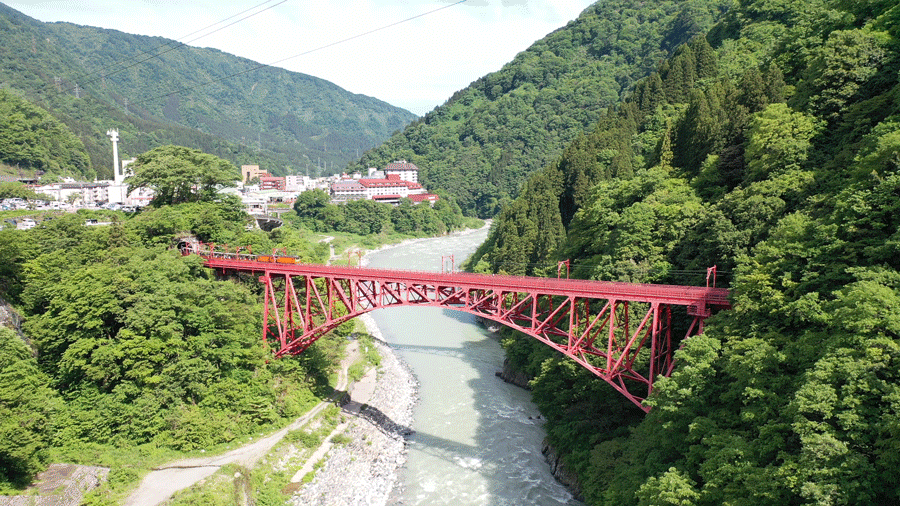




 >> Find out more at Japankuru.com! (link in bio)
#
>> Find out more at Japankuru.com! (link in bio)
#





 The Robot Restaurant is gone, but the Samurai Restaurant is here to take its place. Check it out, and don't forget your coupon!
The Robot Restaurant is gone, but the Samurai Restaurant is here to take its place. Check it out, and don't forget your coupon!
 신주쿠의 명소 로봇 레스토랑이 사무라이 레스토랑으로 부활! 절찬 쿠폰 발급중
신주쿠의 명소 로봇 레스토랑이 사무라이 레스토랑으로 부활! 절찬 쿠폰 발급중
 18歲以上才能入場的歌舞秀,和你想的不一樣!拿好優惠券去看看~
#tokyo #shinjuku #samurairestaurant #robotrestaurant #tokyotrip #도쿄여행 #신주쿠 #사무라이레스토랑 #이색체험 #할인이벤트 #歌舞伎町 #東京景點 #武士餐廳 #日本表演 #日本文化體驗 #japankuru #japantrip #japantravel #japanlovers #japan_of_insta
18歲以上才能入場的歌舞秀,和你想的不一樣!拿好優惠券去看看~
#tokyo #shinjuku #samurairestaurant #robotrestaurant #tokyotrip #도쿄여행 #신주쿠 #사무라이레스토랑 #이색체험 #할인이벤트 #歌舞伎町 #東京景點 #武士餐廳 #日本表演 #日本文化體驗 #japankuru #japantrip #japantravel #japanlovers #japan_of_insta
 코지마 x 빅 카메라 쿠폰으로 일본 가전 제품 쇼핑하기
#pr #japankuru #japanshopping #kojima #biccamera #japaneseskincare #yaman #dji #osmopocket3 #skincaredevice #日本購物 #美容儀 #相機 #雅萌 #日本家電 #일본여행 #면세 #여행꿀팁 #일본쇼핑리스트 #쿠폰 #일본쇼핑 #일본브랜드 #할인 #코지마 #빅카메라 #japankurucoupon
코지마 x 빅 카메라 쿠폰으로 일본 가전 제품 쇼핑하기
#pr #japankuru #japanshopping #kojima #biccamera #japaneseskincare #yaman #dji #osmopocket3 #skincaredevice #日本購物 #美容儀 #相機 #雅萌 #日本家電 #일본여행 #면세 #여행꿀팁 #일본쇼핑리스트 #쿠폰 #일본쇼핑 #일본브랜드 #할인 #코지마 #빅카메라 #japankurucoupon










































